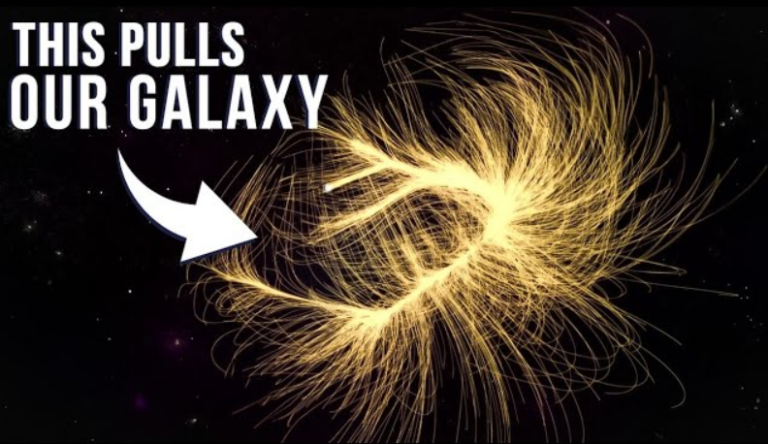This Will Solve The Great Attractor Mystery
There are many things we don’t understand about the universe, like what existed before the Big Bang and if there is a higher power that created everything. Another mystery is why the Nutella bread always falls with the Nutella side down. These questions may not have easy answers, but some puzzles are simpler to solve than others.
One thing scientists have discovered is that our Milky Way galaxy is being pulled towards a central point in the universe. This invisible force is causing not only our galaxy but also other nearby galaxies, to move towards it. Astronomers refer to this force as the “great attractor”. If it truly exists, it must be a massive object or a group of objects with a combined mass of about 10 quintillion solar masses.
Finding this great attractor has been a real challenge for astronomers. It took them nearly 50 years to fully understand what was happening.
—
Laniakea Description
Have you ever wondered how our cosmic neighbor is made?
The answer lies in the Laniakea Supercluster. It’s this gigantic crew of galaxies in space. They named it after Hawaiian words that basically mean “crazy huge heaven.” And let me tell you, it lives up to its name.
—
Galactic Motion
Understanding the motion of galaxies within a cluster, such as the Laniakea supercluster is a very hard but necessary task to be performed because it can give us various insights on the nature of the part of the cosmos these galaxies are embedded in. In our specific case, understanding how galaxies move concerning the Milky Way, and how the Milky Way itself moves in the universe, is of paramount importance, to better know our role in the cosmos.
Studying the motion of galaxies within a cluster involves considering various components, including the one given by the Hubble flow and the gravitational attraction exerted by galaxies on one another.
—
The Great Attractor: What could it be?
To start off, galaxies only move towards something they are attracted to. And no, we’re not talking about something beautiful, it’s not about the physical attraction you feel when you are close to your crush. We’re talking about gravitational attraction.
Our Milky Way seemed to be on a road trip toward a specific region near the Hydra and Centaurus constellations.
—
The Great Attractor in X-rays
With the advancement in technology, astronomers were provided with new tools to unravel the mystery of the great attractor. They aimed their infrared telescopes toward the specific region of the sky where the massive object was believed to be, hoping to detect any light emanating from it. However, their efforts were in vain as they found nothing beyond the obstructing clouds. Frustration loomed over them until a savior arrived in the form of the ROSAT mission.
—
The Shapley Attractor
So, just to recap: although the Norma cluster is huge and local galaxies move towards it, it does not explain the full motion of local galaxies. The mass of the Great Attractor is not large enough to justify the attraction.
—
Vela Supercluster
The researchers estimate that the Vela supercluster is about the same mass as the Shapley supercluster of roughly 8,600 galaxies. The only difference is the distance from us: 650 million light-years for the Shapley Supercluster, and about 800 million light-years for Vela.
Given that the typical galaxy has about 100 billion stars, researchers estimate that Vela could contain somewhere between 1,000 and 10,000 trillion stars.
—
Other Theories
The Great Attractor is really an intriguing astronomical mystery. While most astronomers believe it to be a massive concentration of mass (potentially a supercluster of galaxies) that exerts a gravitational pull on surrounding galaxies, some alternative theories and phenomena have been proposed to explain its existence. One of these is the concept of the Dark Flow.
Do not forget to share your opinion with us to provide you with the best posts !




0 Comments